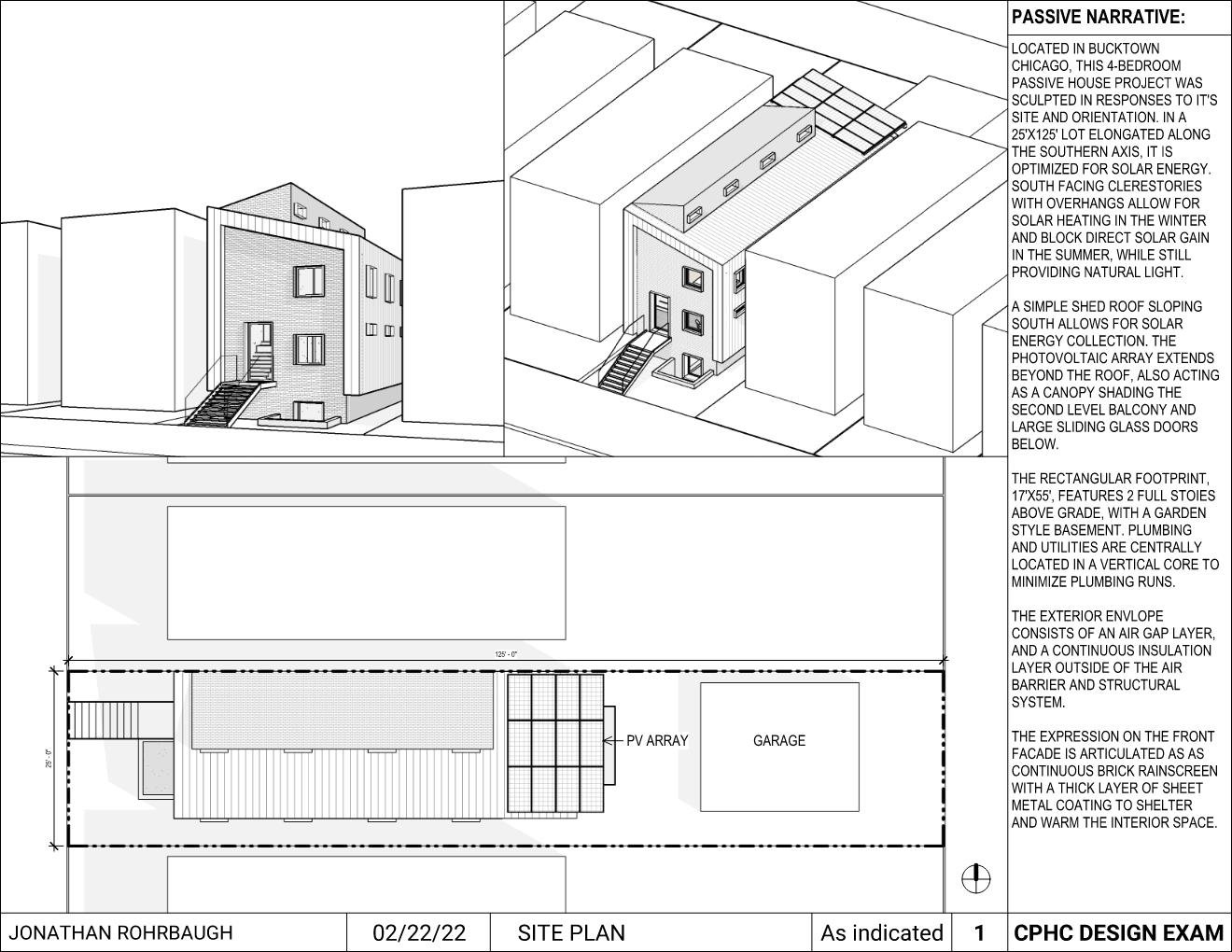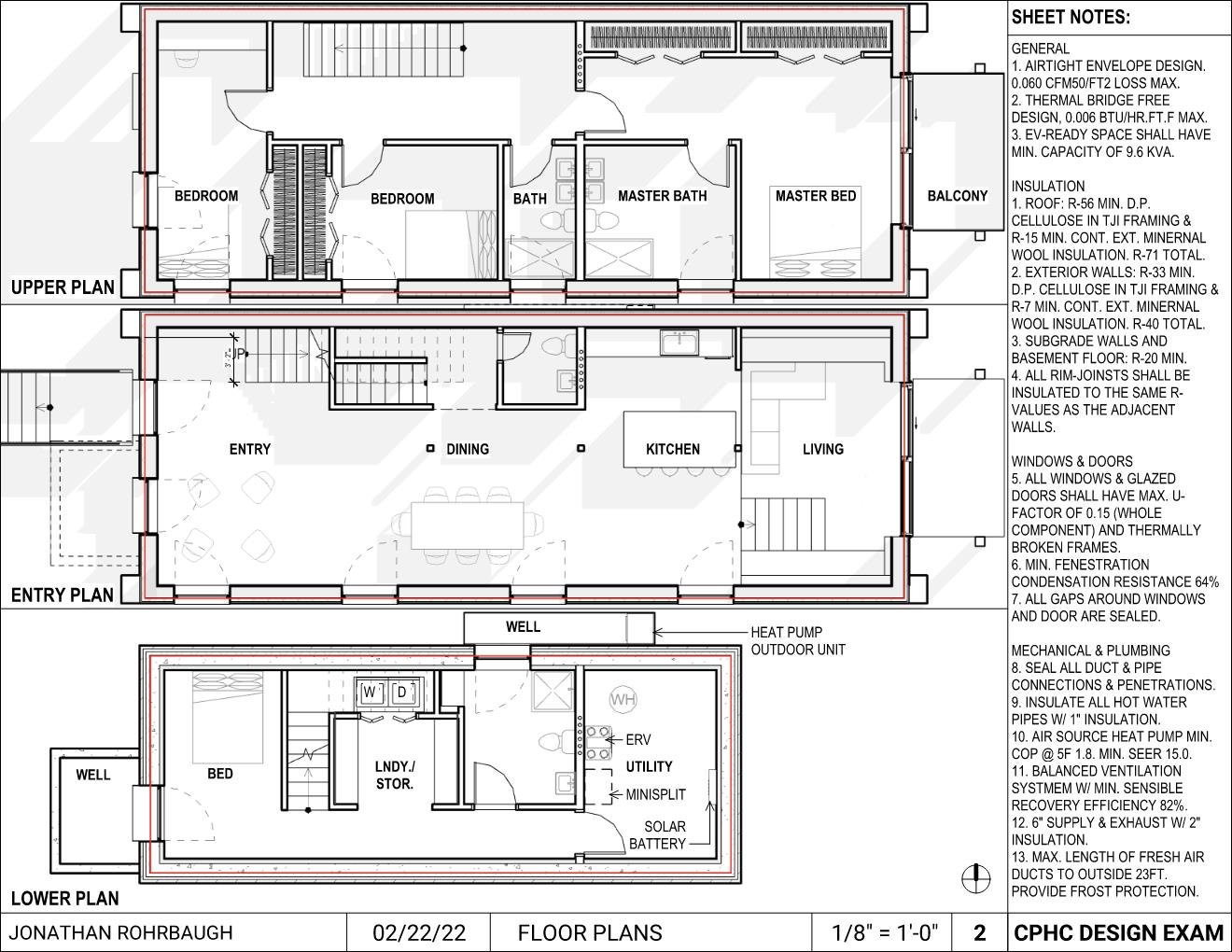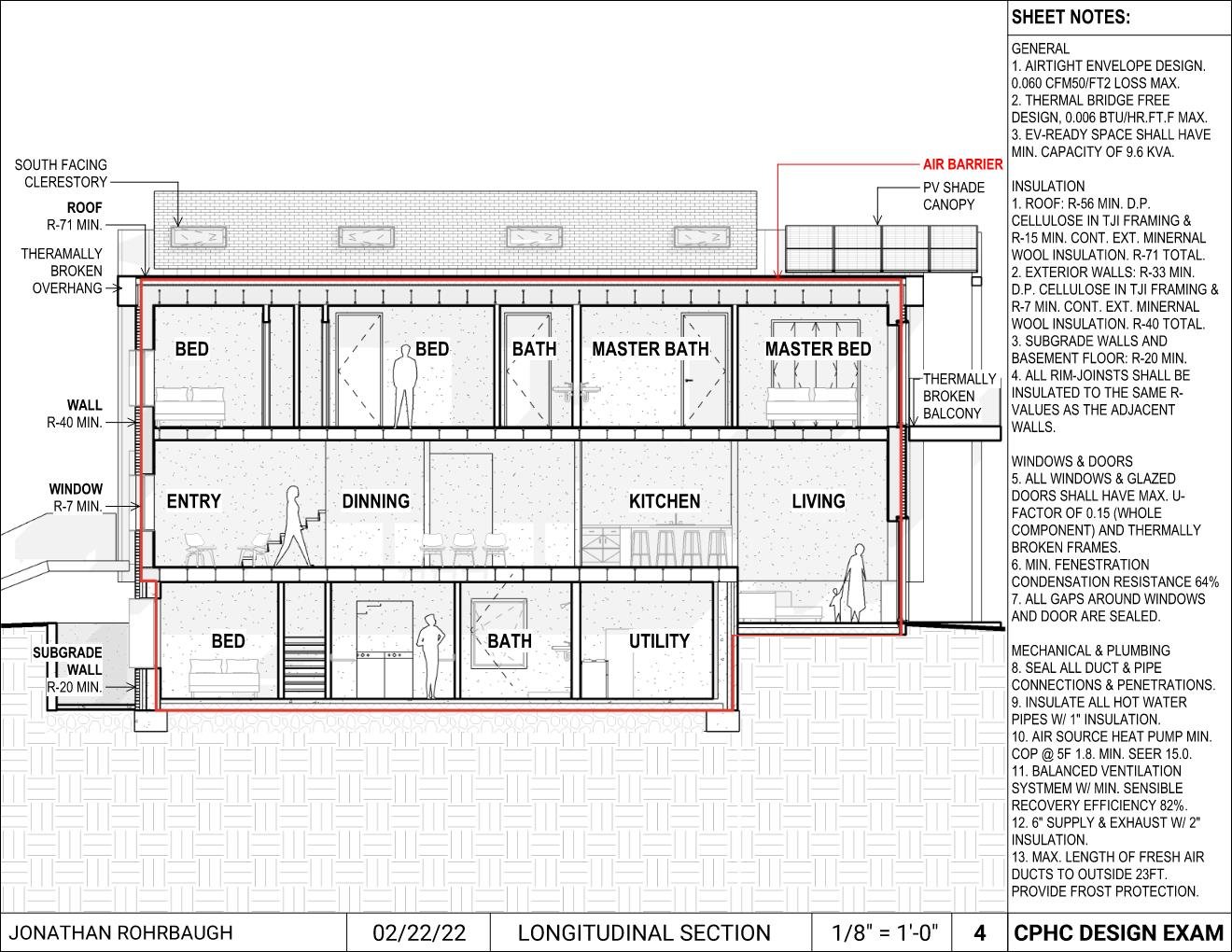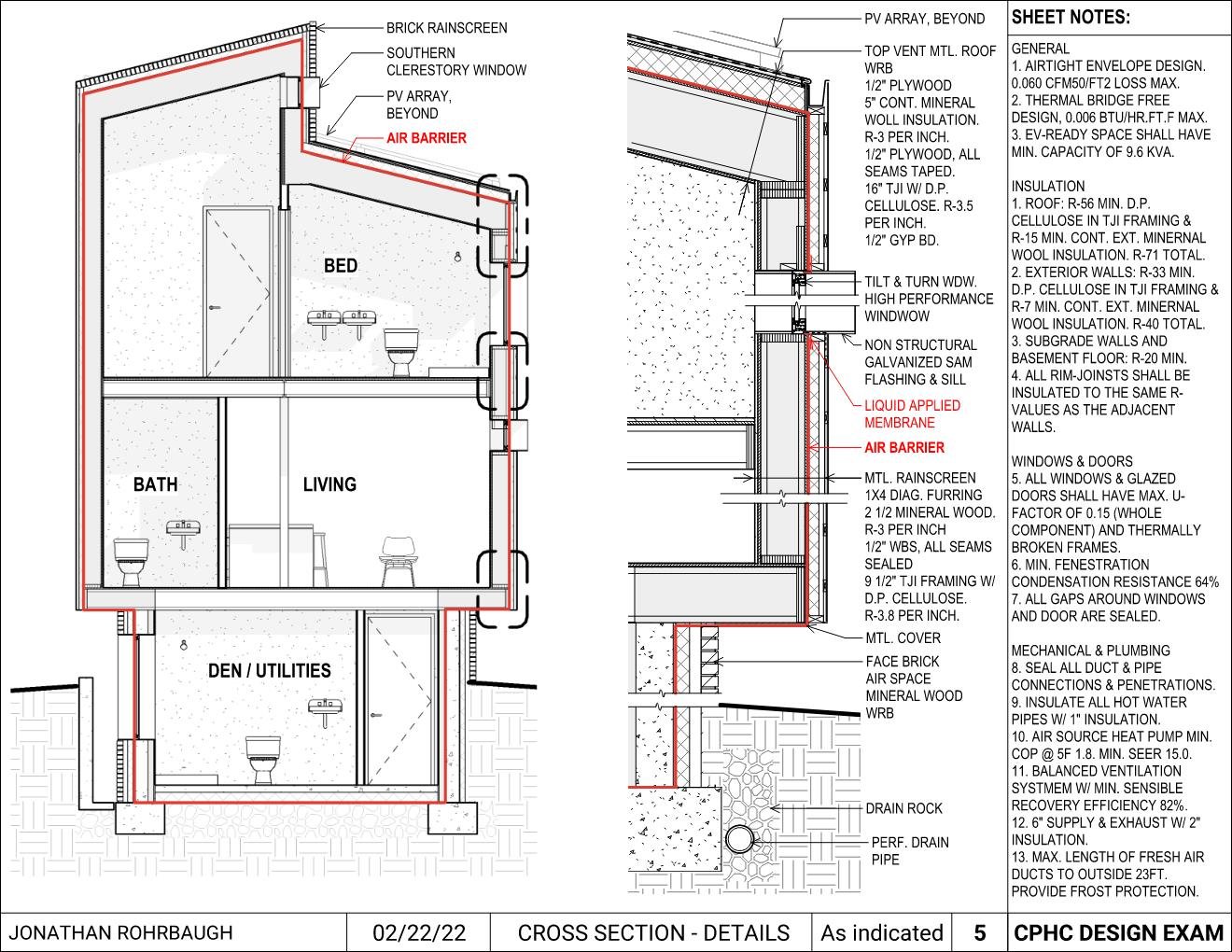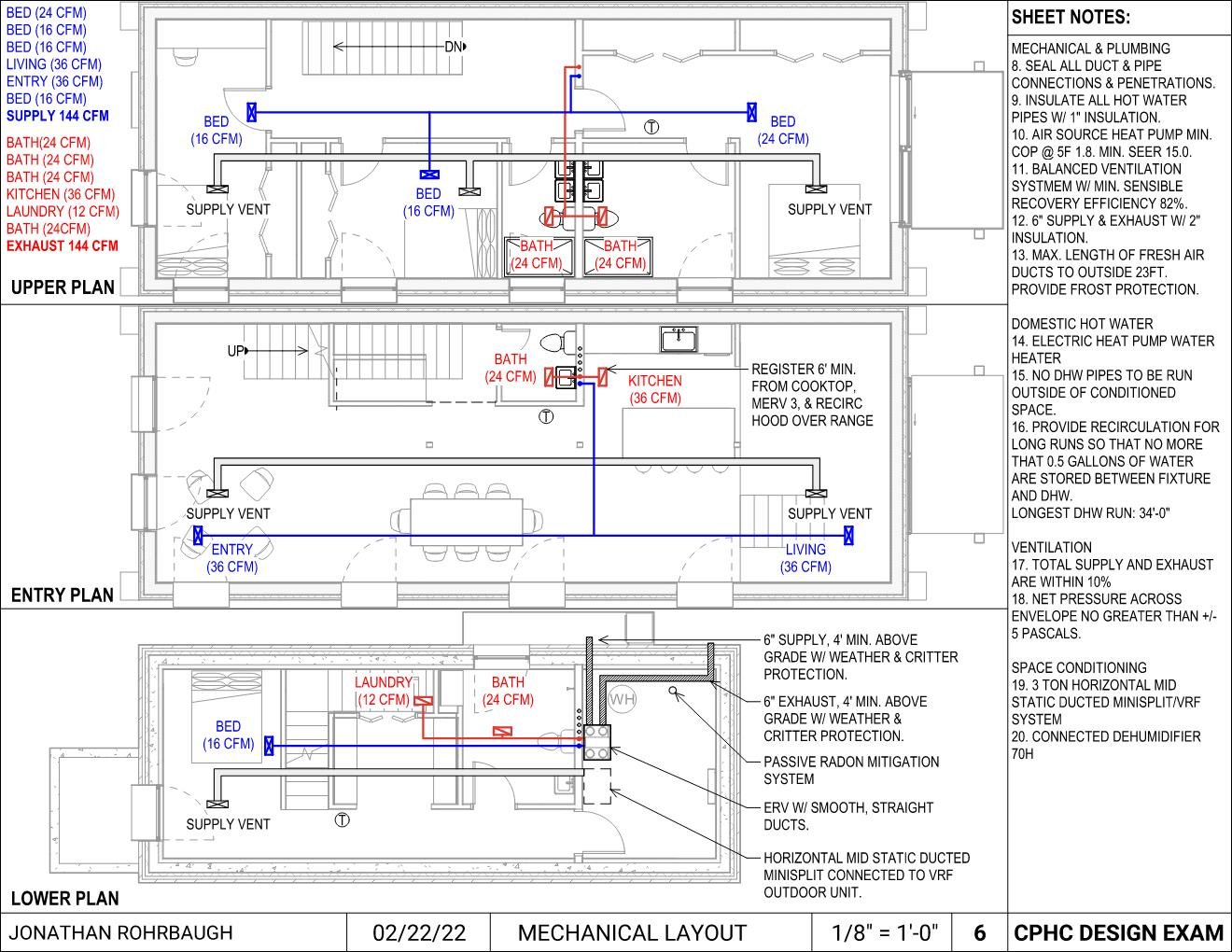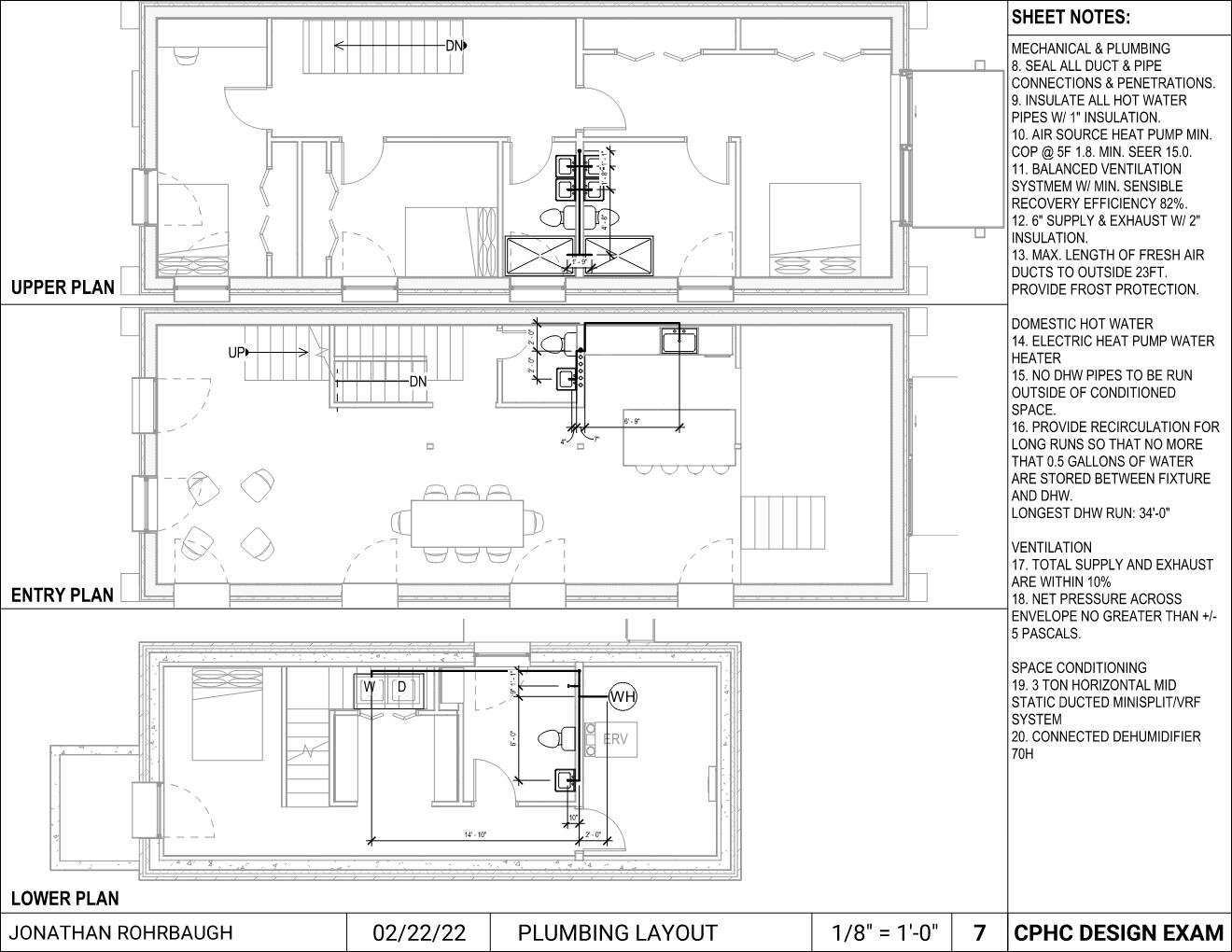Becoming a Certified Passive House Consultant
Why Passive House?
As an architect, I’m interested in how my work can lead to a path of zero-carbon building, and we know that carbon emissions from building operations are a substantial contributor. Passive House focuses narrowly on the building envelope as the critical component for achieving zero-net-energy performance. I appreciate its scientific basis; becoming a CPHC gives me the ability to do the actual modeling. But it’s the interplay of airtightness and thermal bridging, all the ways heat can escape or enter a building, and the architectural form that emerges from these considerations that really interests me. As a result, Passive House standards deliver a more durable and resilient building.
What is the path to expanding the industry’s use of Passive House?
Widespread adoption of Passive House standards is within our reach in California, where we have strict energy codes and a temperate climate. Also, in 2021, the Passive House Institute US adopted a more prescriptive method for single-family homes, which further lowers the barriers to entry. So, it’s really a matter of helping clients understand that it’s an investment with a lot of benefits, and not an extravagant, unachievable standard. The cost delta for Passive House isn’t major when weighed against the benefits: minimizing carbon output while providing people with a building that’s quieter, thermally comfortable, supplied with filtered air, and supported by renewable energy.
Your practice has always incorporated painting and sculpture. How do you reconcile these interests with the more scientific grounding of Passive House?
There really isn’t anything to reconcile. Passive House as a measurable framework is part of a set of aesthetic considerations. What aesthetics emerge from these super insulated buildings? The thick roof and wall assemblies are something to celebrate, not hide. The Mendocino House, though not pursuing PH certification, illustrates this idea. An urban example is my design proposal for a four-bedroom Passive House in Chicago, which was optimized for solar collection and expresses the continuity of a thick layer of insulation that wraps from wall to roof. Its south-facing clerestory aesthetically peaks through the thick blanket to allow natural light deeper into the space for solar gain. On a larger scale, as with Net Zero Library Competition, these strategies for net-zero building and resiliency take on greater creative dimensions.
What advice would you offer to someone considering becoming a CPHC?
Anyone considering becoming a CPHC can visit phius.org to learn more about the process and the steps to certify projects. I would recommend checking out some of the free Passive House content on YouTube posted by Passive House Accelerator, PHIUS, and others. Lastly, stay focused on the goal of zero-carbon building – Passive House is the necessary first step in maximizing energy efficiency in buildings. We also need to minimize embodied carbon and electrify our buildings with renewable energy. Consider what aesthetics can emerge through this integrated approach.
